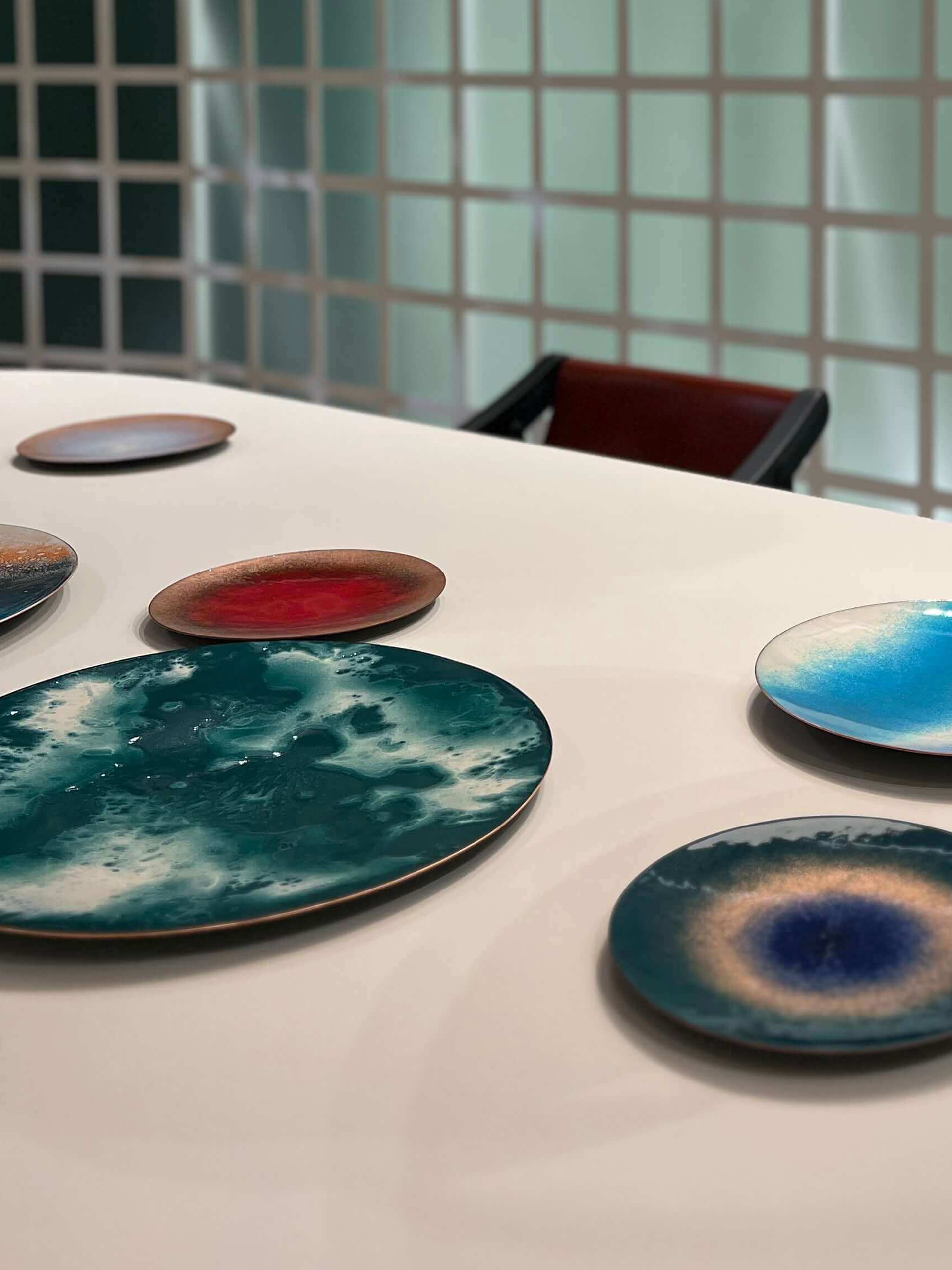The next stop of our afternoon was Rossana’s Orlandi gallery, which is renewed year after year on more than 2500 square meters and features unknown figures of international contemporary design. The gallery opened its doors in 2002 and has remained an essential station ever since, because it is able to capture and filter the transformations taking place during the design process, accurately portraying the complexity of the script of contemporary art. In recent years, she has made a big impact on the design world through the topic of plastic and recycling, redefining production methods. This year’s selection spoke out against overproduction, a place we have to go to understand future directions and track the most promising ways of experimentation. This year new countries have joined this initiative, in addition to Poland, and the Czech Republic, Hungary also appeared at the exhibition with some designers. This year we had the opportunity to admire innovative ideas for recycling at two locations: RoGuiltlessplastic, which explored the topic of recycling through a tender with inspiring prototypes, while the other was the well-known RoCollectible, which combined furniture and collectibles. Jordan Artisan from the Netherlands and his contemporary and functional sculptures impressed with a strong stage presence, highlighting forms of architectural erosion and decay. The Atelier Oi has created a series of wind wheels made of folded Japanese paper, the structure of which can also be controlled manually, which can be traced back to the clock structure. Another installation by the team called Aura explored transparent materials. A dynamic lighting installation that created an interaction between light and glass. And the design duo of Draga and Aurel have threaded their pieces around colour, light and transparency.

